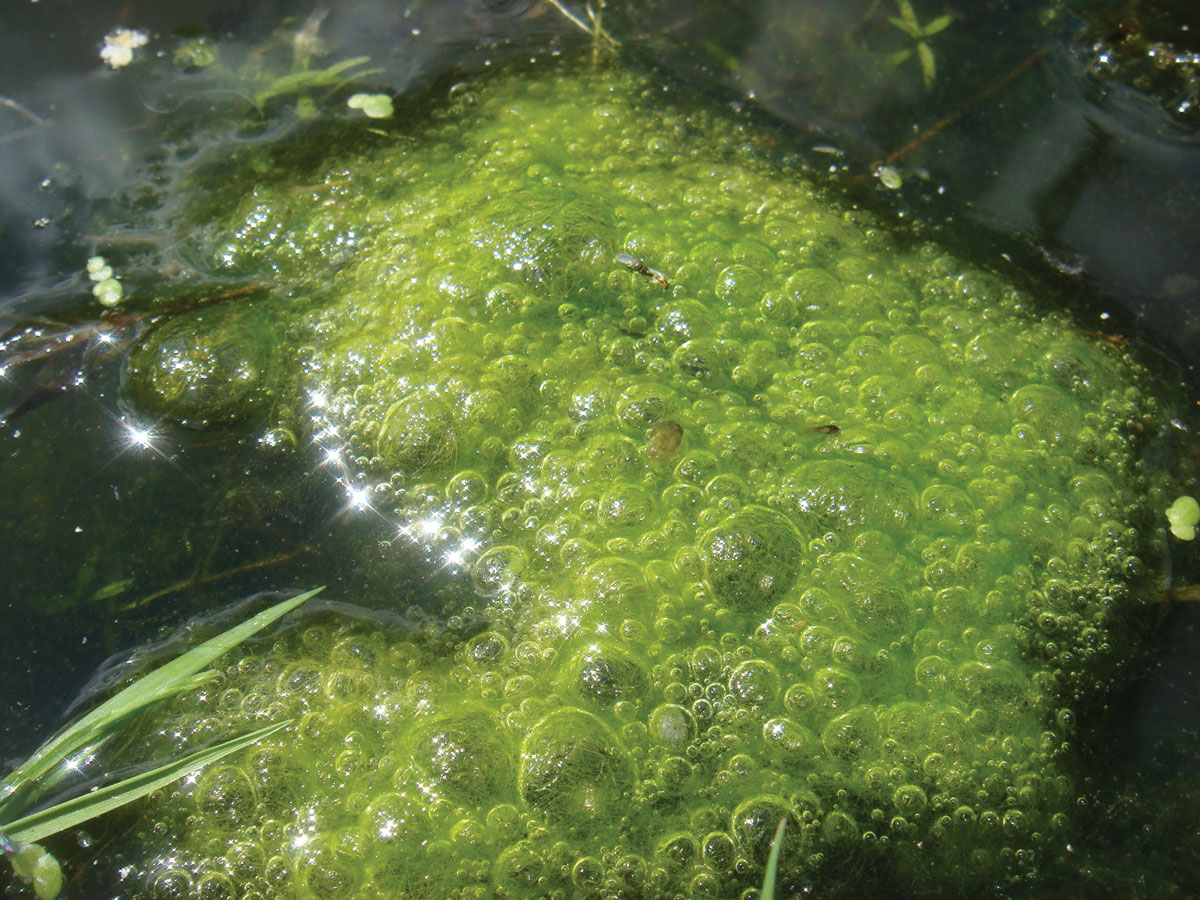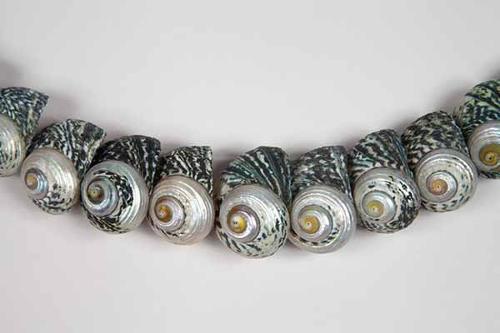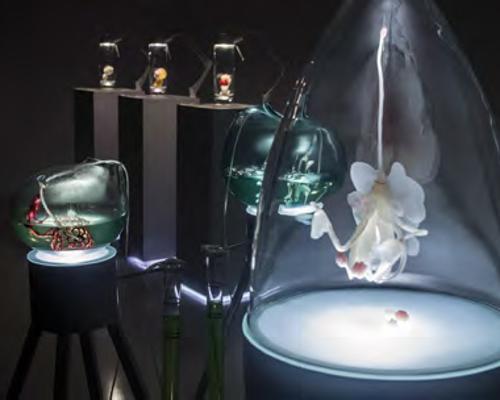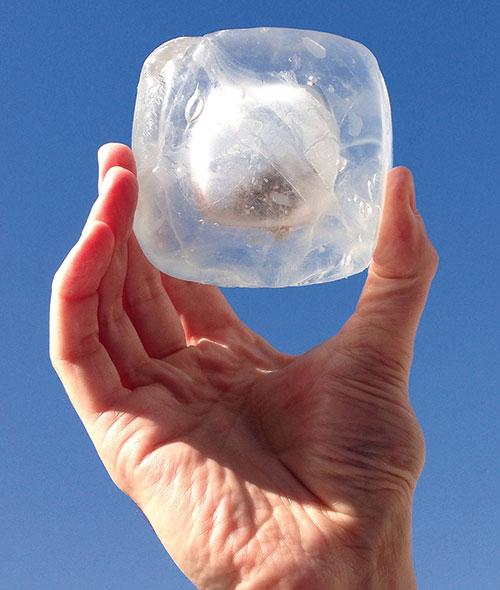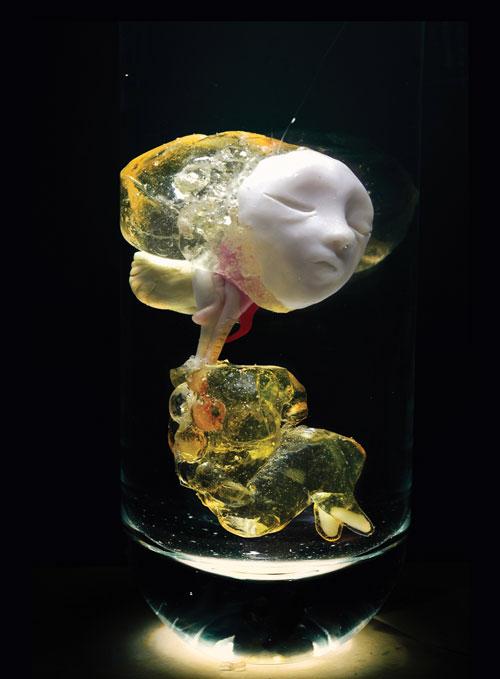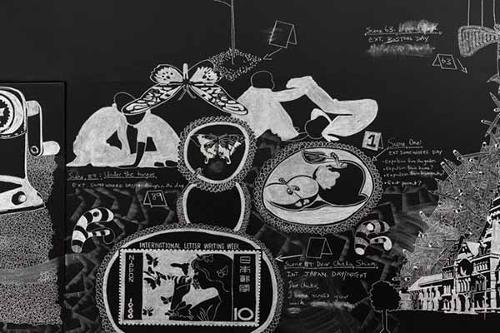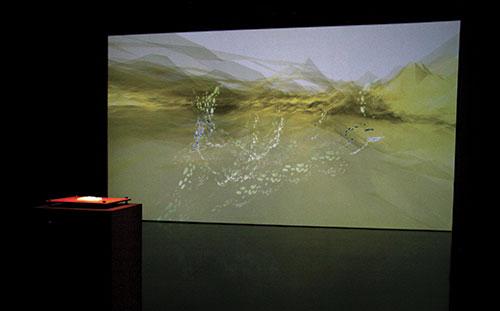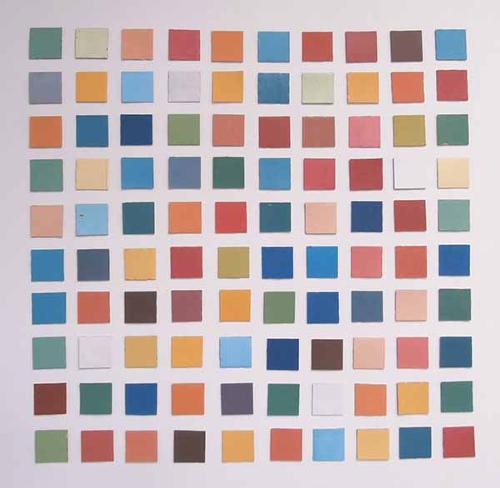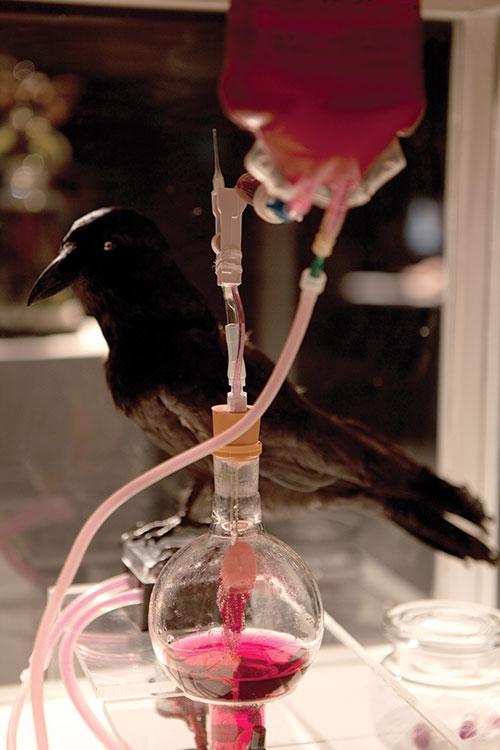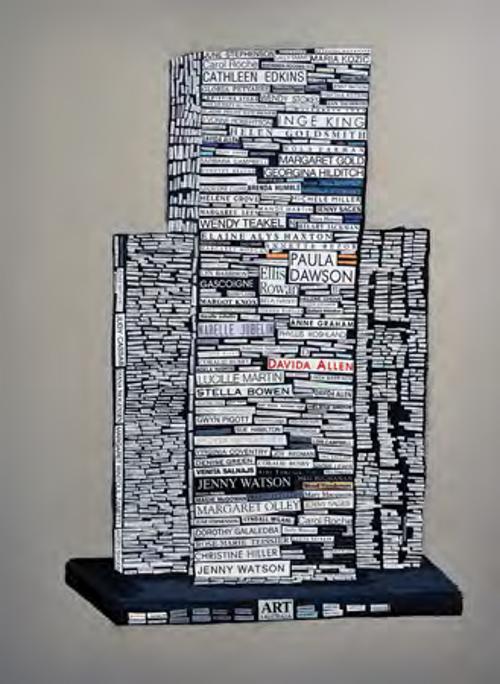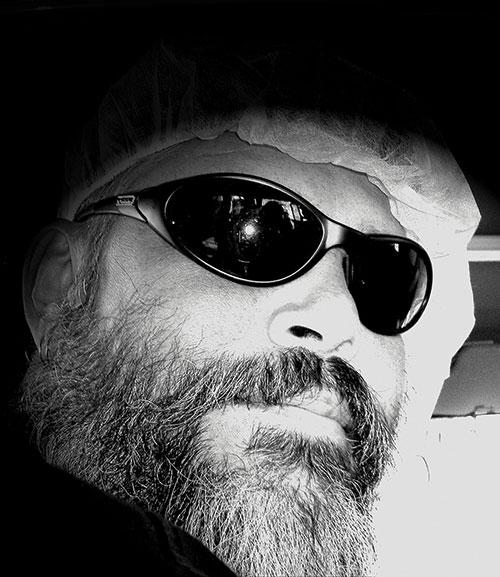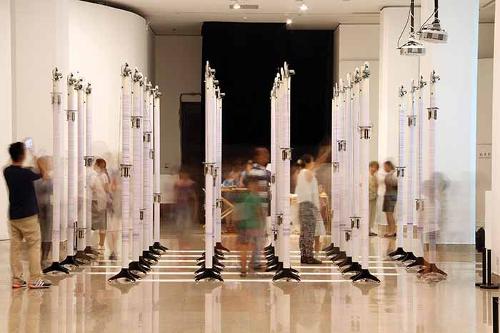Photosynthesis, electric motor symbiotic machine
We have been designing our world for centuries. Humans try to control nature – treating it as an enemy –but I believe it is time to shift our technological development paradigm towards nature. Nature, in my experience, has always been a synonym for pleasure and a source of inspiration for the creation of my artworks. In my research I aim to find a balance between nature and technology – and I believe nature is a very important factor for the development of our technological world. In the last five years I have started to create a range of works, which have a conceptual base in the reinvention of the environmentand use of natural resources as hybrids of living organisms and machines. Placed in the world, these techno-scientific mutations reshape and redefine our understanding of nature, by achieving a coherent synthesis.

